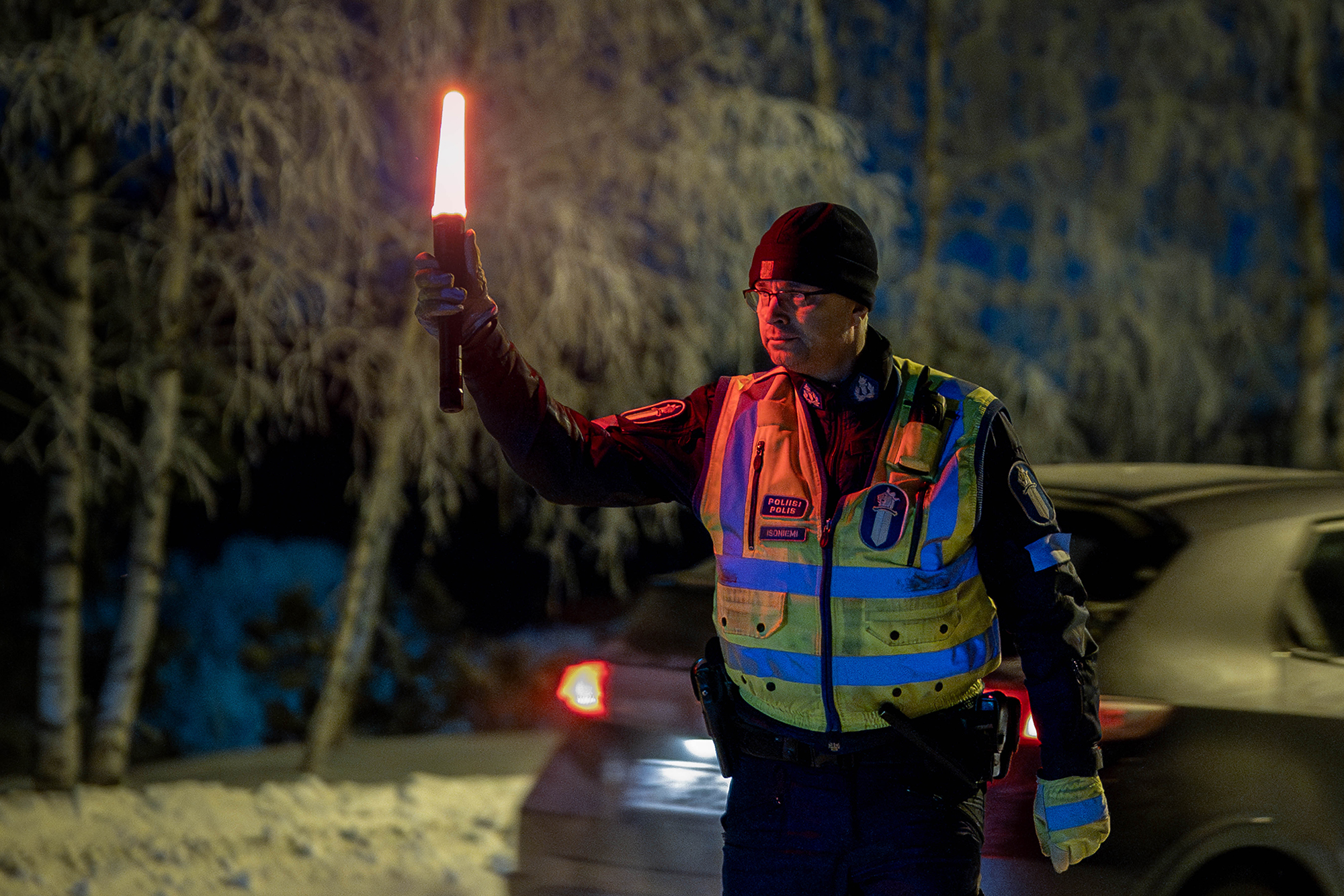The police monitor waterway traffic in inland waterways and in sea areas near harbours. The aim is to promote good boating practice, reduce waterway traffic intoxication and improve the use of safety devices. Police patrol boats also supervise compliance with regulations on nature conservation, environmental protection, fishing and hunting, besides overseeing public order and security in waterways and in the archipelago. Waterway traffic in open sea areas is subject to surveillance by the Coast Guard units of the Border Guard.
There are also separate traffic rules and speed limits to follow on the water. Wise boaters will regulate their speed even if there is no speed limit sign visible when the safety of a smaller craft so requires. Also give consideration to boats moored and drawn ashore.
Waterway traffic intoxication
According to the Penal Code of Finland, a person is considered guilty of waterway traffic intoxication if
- his or her blood alcohol level is at least 1.0 per mille
- his or her exhalation contains at least 0.44 milligrams of alcohol per litre of air
- his or her capacity to perform as required in the operation has impaired.
A person using an intoxicant other than alcohol may also be guilty of waterway traffic intoxication so that his/her capacity to perform as required is impaired and the circumstances are such that the person in operating a boat poses a risk to the safety of others. A person operating a rowboat or a sail dinghy cannot be charged with waterway traffic intoxication.
The police use breathalysers in the surveillance of waterway traffic. If the breathalyser test indicates that there is reason to suspect the person of waterway traffic intoxication, the suspect can be taken to the nearest police department for a precision breathalyser test or to a health centre for a blood test.
Alcohol and drowning risk
Alcohol is a contributing factor in about a half of all drownings in Finland. Of those who drown after falling out of a boat, about 80% are intoxicated. Typical drowning victims fall overboard, fall into the water when the vessel capsizes or overestimate the distance they can swim. The majority of drowning victims are middle-aged men.
Accidental drowning is always the sum of several factors. Being drunk increases the probability of an accident. Even a low level of intoxication will impair your judgment, reaction speed and coordination. Two beers double your accident risk; after five or six beers, your accident risk is ten times greater than normal. If pharmaceuticals are involved, the risk is of course many times greater.
Boaters’ equipment
The most important ‘equipment’ on the water consist of your common sense and care, but they are not enough. The boat must be seaworthy and properly equipped.
The following is compulsory equipment for all motor boats and for sailboats more than 5 metres long:
- life vests for all people on the boat
- oars or a paddle, or an anchor and rope
- a bailing device (pump, bailer or bucket)
- a fire extinguisher if the boat has a device producing an open flame, an inboard engine or an outboard engine with a rated output of more than 25 kW.
The fire extinguisher must comply with Standard EN 3 and its power category must be at least 8A 68B and it must be inspected every year. The law does not require passengers to wear life vests at all times, but in an emergency they are of no use unless you wear them.
An anchor and oars or a paddle are useful if you have engine problems. A bailer is important if the boat develops a leak. An up-to-date nautical chart is also an important safety device. Although not required, it is certainly recommended given how rocky Finland’s waterways are.
View the Police Tube’s Vinkkari video blog about boat equipment (in Finnish)
Visit Traficom’s website for instructions to boaters
Finnish Lifeboat Association’s website (in Finnish)

